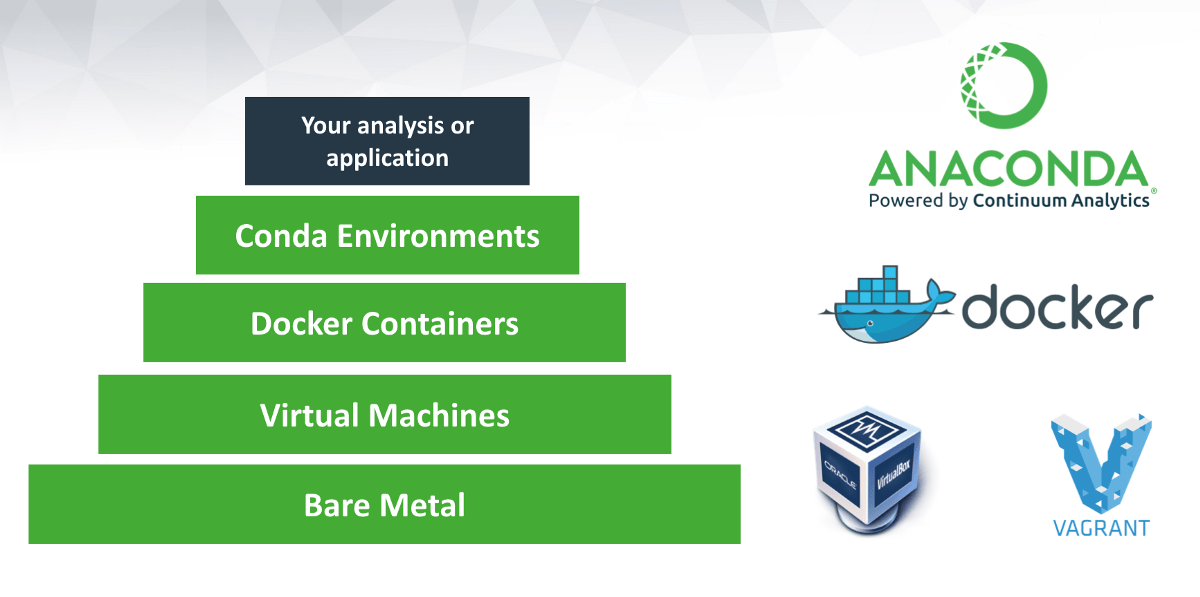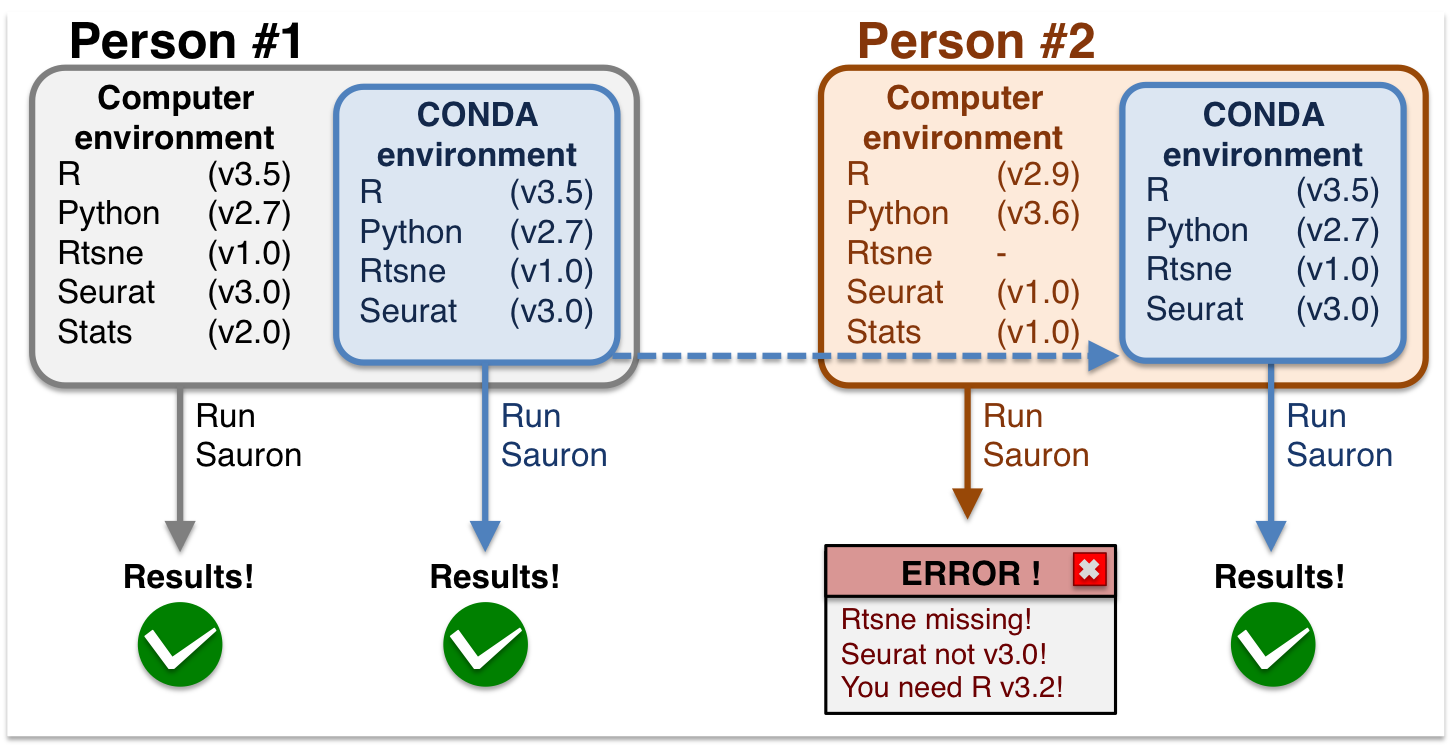

My main question is why can I not see all of the environments with conda env list? The only thing that I can think of is that I also installed Anaconda (even though conda comes with ArcGIS Pro). I had used this same workflow on a different computer previously and had no problems. Step 1: On Windows open up a Anaconda Prompt, on Linux and MacOS open up a Terminal and go to that directory which has the environment.yml file. 13 comments OverLordGoldDragon commented on edited Restarting any Jupyter Notebook servers Deactivate/activate the environment Starting Jupyter again to subscribe to this conversation on GitHub.(Though oddly when I run conda env list again from the cloned environment, it has no output.) conda env config vars list not working 9679 Closed OverLordGoldDragon opened this issue on

Image preview of Anaconda Environments plugin. I can, however, activate it using the path to the cloned environment. Useful BitBar plugin to list all created conda environments and to open a new session with a chosen environment. However, when I do so from the Anaconda prompt, the environment is not shown (only base shows). The cloned environment shows up when I list out my environments in the Python Command prompt with conda env list. When I cloned arcgispro-p圓, I did so within my Python Command prompt. I followed these instructions from ESRI but gave a direct path name for the clone (C:\Users\me\AppData\Local\ESRI\conda\envs\arcgispro-p圓_clone). You just need the activate/deactivate executables to exist in your PATH.I am trying to clone my python environment that comes with ArcGIS Pro (arcgispro-p圓 located in C:\Program Files\ArcGIS\Pro\bin\Python\envs\arcgispro-p圓) to a location I can access (I do not have administrative privileges).

“source activate myenv” works because you’re using the “source” shell built-in, and do not require the “conda” shell function or its dependent shell functions. In Lmod there are a couple ways to source this “conda.sh” file directly, but I found at least in version v8.4 it wasn’t parsing everything correctly. By default Nextflow instructs Conda to save the required environments in the pipeline work directory. This was a problem for our group until we added the shell functions from /path/to/anaconda/basedir/etc/profile.d/conda.sh to our Lmod modulefile. Conda environments are stored on the file system. Whenever “conda activate myenv” is not working, this usually means you do not have the “conda” function in your environment. Without the “conda” function, conda will also give you those suggestions to run “conda init”. Without the shell function, “conda activate myenv” is still a valid command, but it does not edit your PATH or PS1, so it’s not actually loading the environment. The “conda” command is both a shell function and an executable.

The cause is that, in bash for sure at least, only shell built-in or shell function commands can edit environment variables in the current shell process. I had looked into this a lot at our site.


 0 kommentar(er)
0 kommentar(er)
